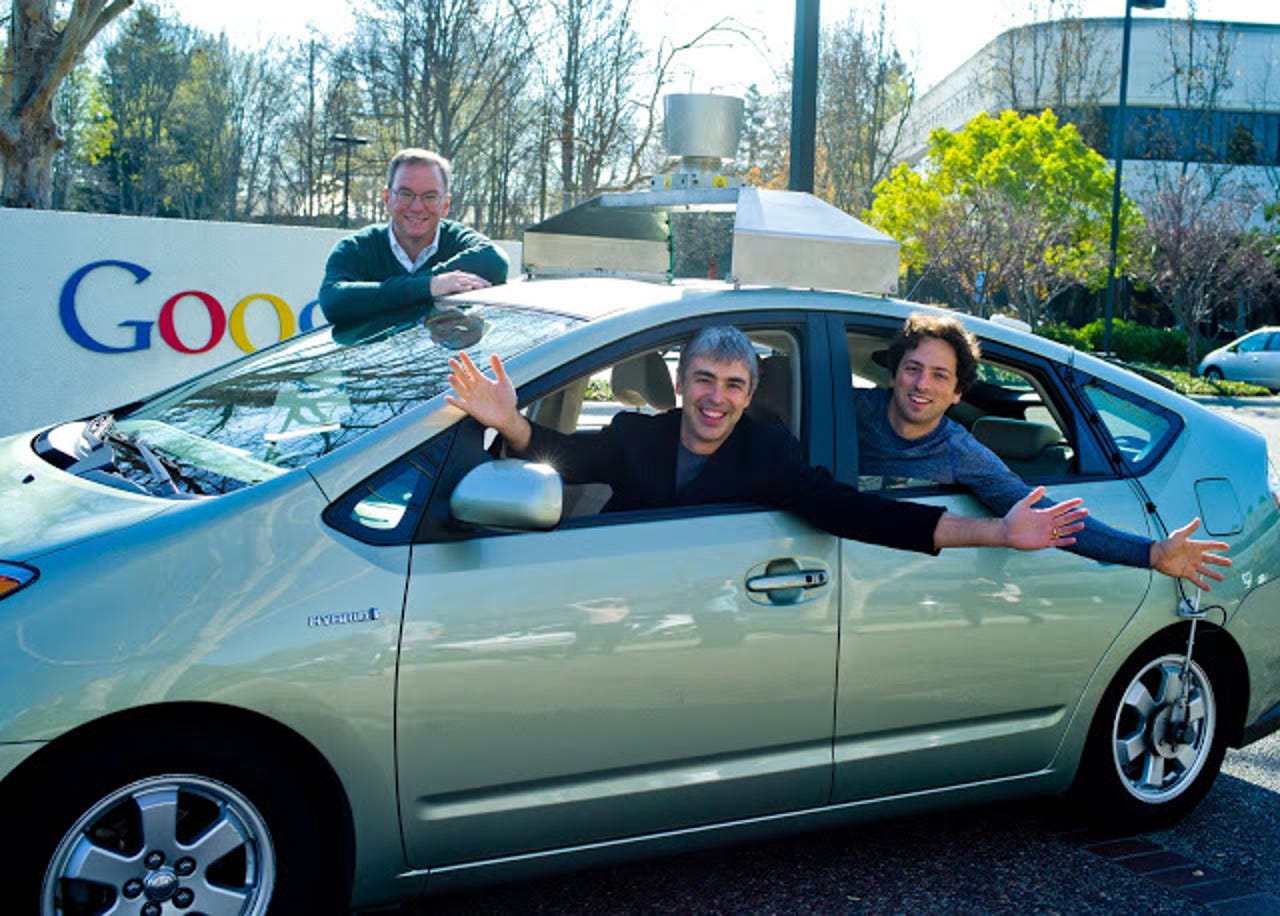Google's autonomous car injuries: Blame the human


Google says the first injury caused through driving the firm's autonomous vehicle was caused by a careless driver who slammed into test drivers during testing.
Do we need control of cars on the road to stay safe, or does human control cause accidents? This is a conundrum being explored by Google through the company's self-driving, autonomous car program. When the project was first announced, concerns were raised at the prospect of accidents caused by computational error and a general discomfort of being in the hands of a computer system when encased in a cage of metal moving at speed.
However, the tech giant has pushed ahead, saying the fleet is now advancing to the point their computers are competing well with the average competence of human drivers -- and considering accident rates, perhaps outstripping their human counterparts.
Featured
In a blog post penned by Christ Urmson, the director of Google's self-driving car project, the executive says the vehicles are hit "surprisingly often" by distracted drivers.
During testing on 1 July, test drivers were cruising towards an intersection close to Google's Mountain View, CA headquarters. The light was green, but a traffic bottleneck caused three cars -- including Google's -- to brake and come to a halt. However, the next car in line did not stop -- and the driver slammed their car straight into the back of Google's vehicle at 17mph without any attempt at braking.
Google says the autonomous car's braking was "normal and natural," while the human driver was "distracted and not watching the road ahead." This caused a collision which resulted in minor whiplash for the tech giant's testers, scrapes on the bumper and more substantial damage to the car which caused the crash.
Urmson released a video which shows how the self-driving car views the road. The fleet of test vehicles are equipped with a number of sensors which read the road map, adjusting for obstacles, hazards and other drivers.
Google's cars have been involved in 14 "minor" accidents, including 11 rear-enders over the six years the project has been operational. The cars have traveled over 1.7 million miles in both autonomous and manual driving modes, and the firm says not a single collision was caused by problems with the self-driving fleet's computer systems.
Urmson says that while they naturally do not like being hit, the silver lining is that it does give the company a way to measure up their fleet's performance against human drivers, error and crash rates.
According to a 2010 report (.PDF) by the US National Highway Traffic Safety Administration (NHTSA), potentially over half of all crashes which take place on our roads are not reported to the authorities -- resulting in skewed road safety statistics when it comes to crashes-per-mile percentages.
"Not once has the self-driving car been the cause of the collision," Urman says. "Instead, the clear theme is human error and inattention. We'll take all this as a signal that we're starting to compare favorably with human drivers."
Beach reads for tech junkies
Read on: Top picks
- How to access Wi-Fi anonymously from miles away
- How to take over the accounts of UK politicians using public Wi-Fi hacks
- Severe iOS bug prompts iCloud password theft
- Hacking Team: We won't 'shrivel up and go away' after cyberattack
- Army exoskeletons train soldiers to shoot
- Hackers control medical pumps to administer fatal doses